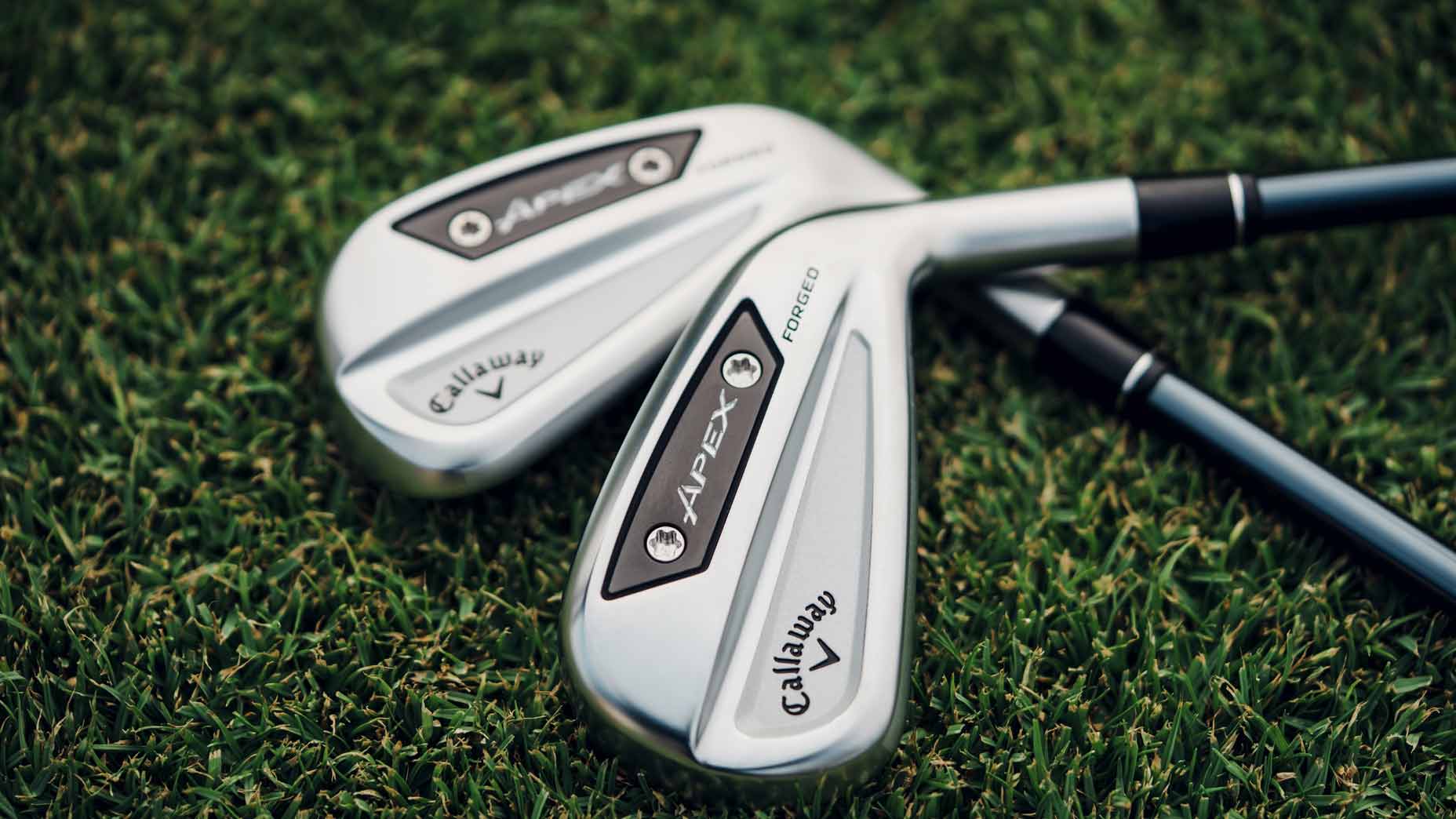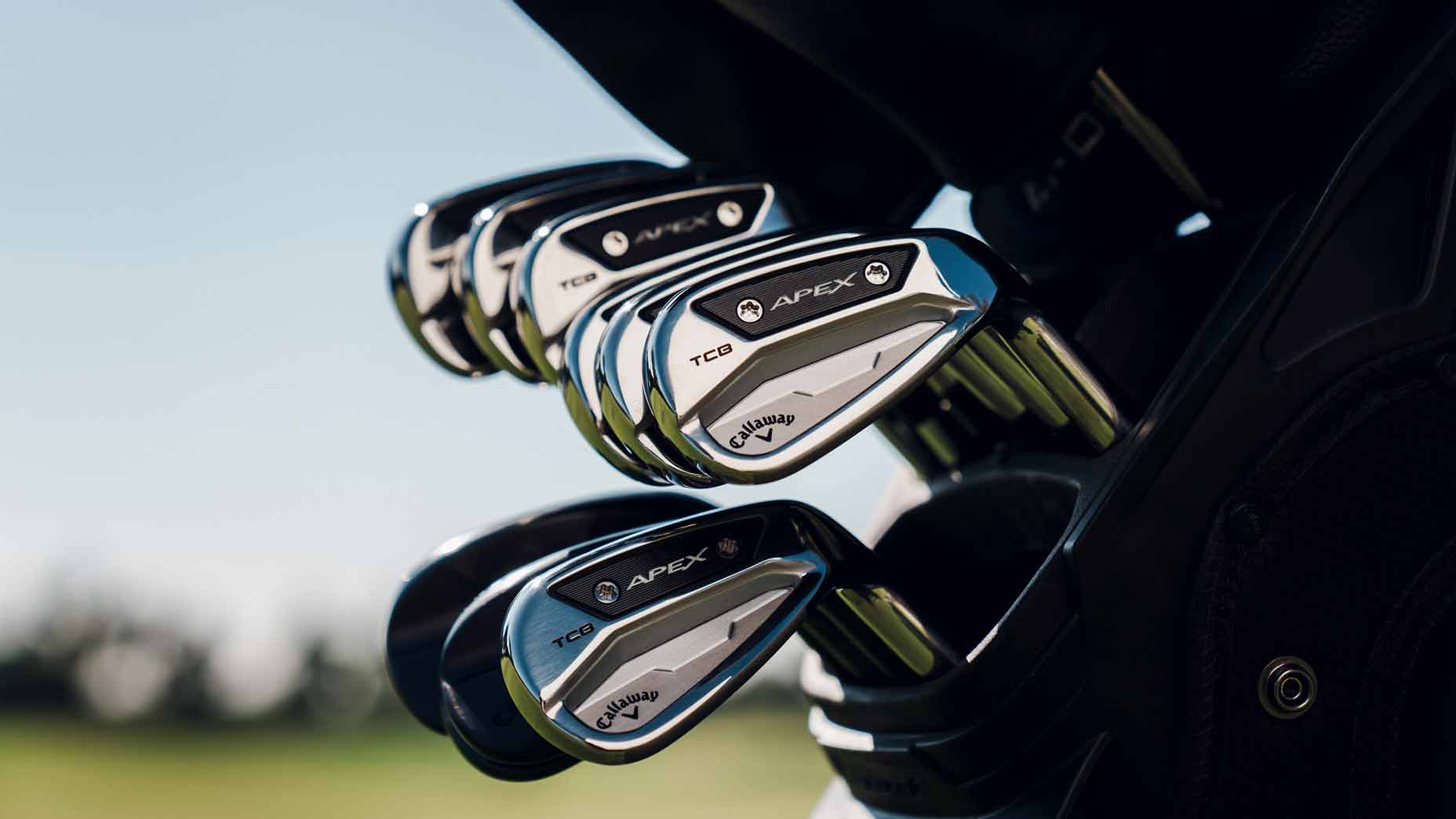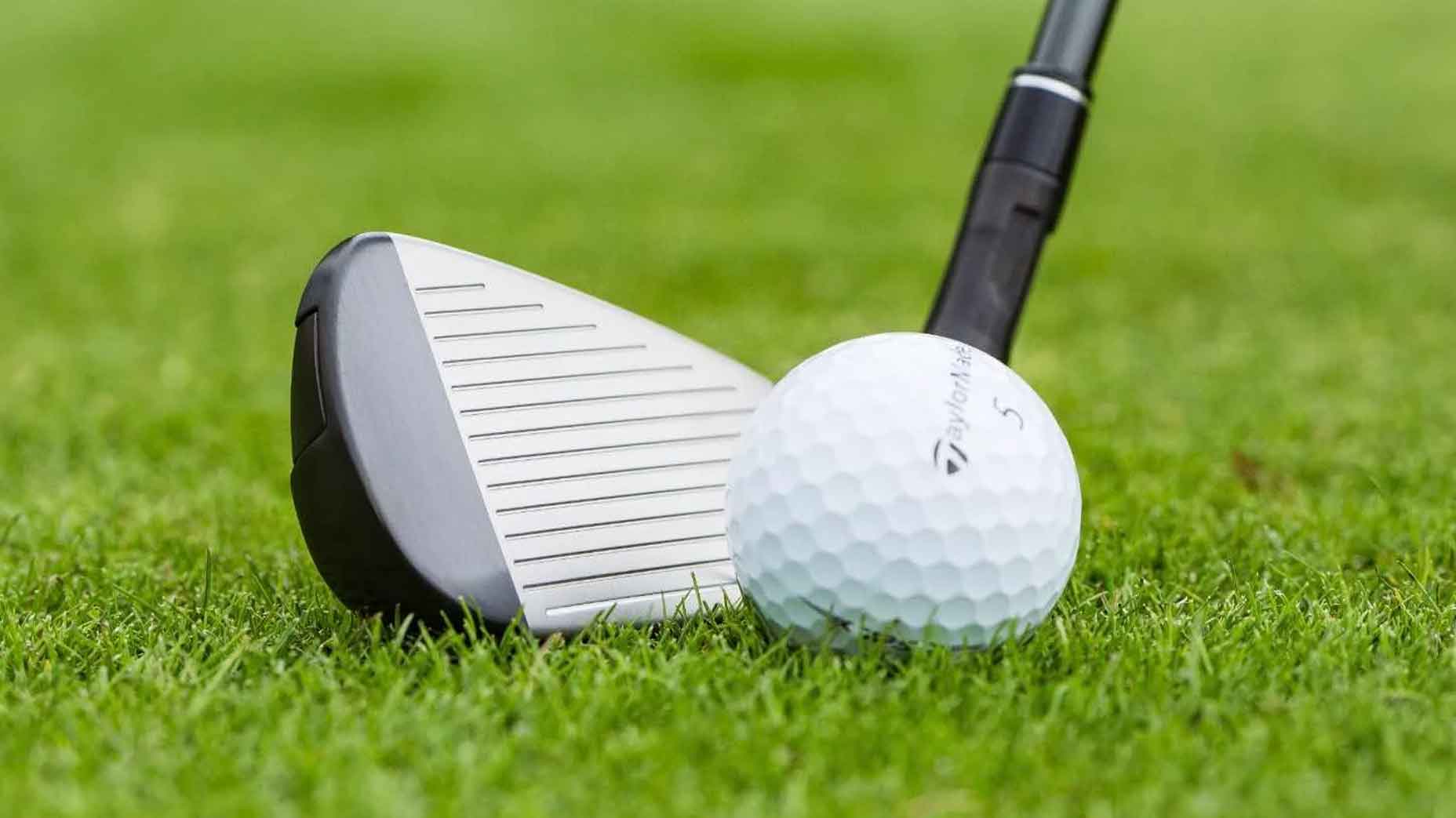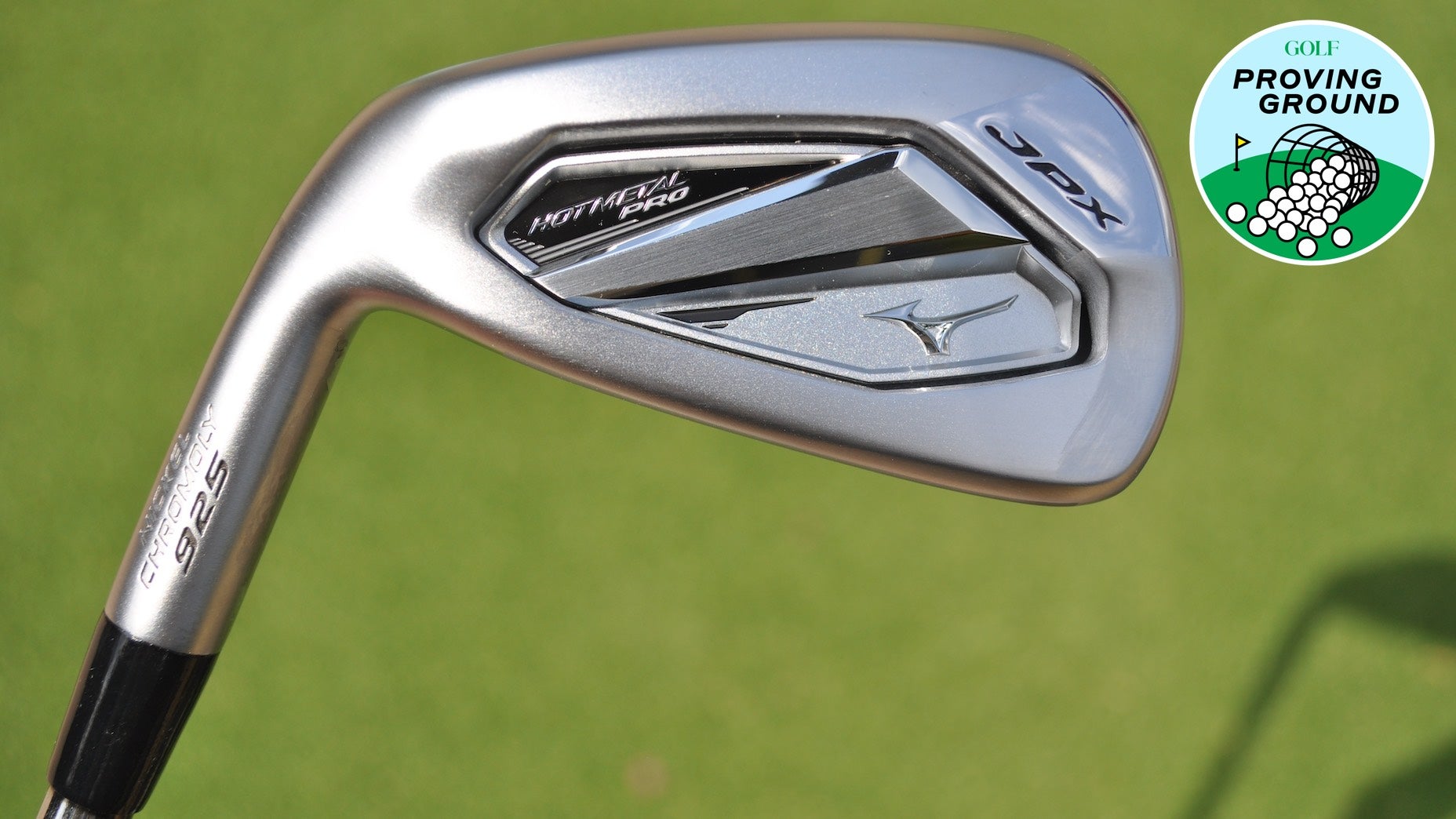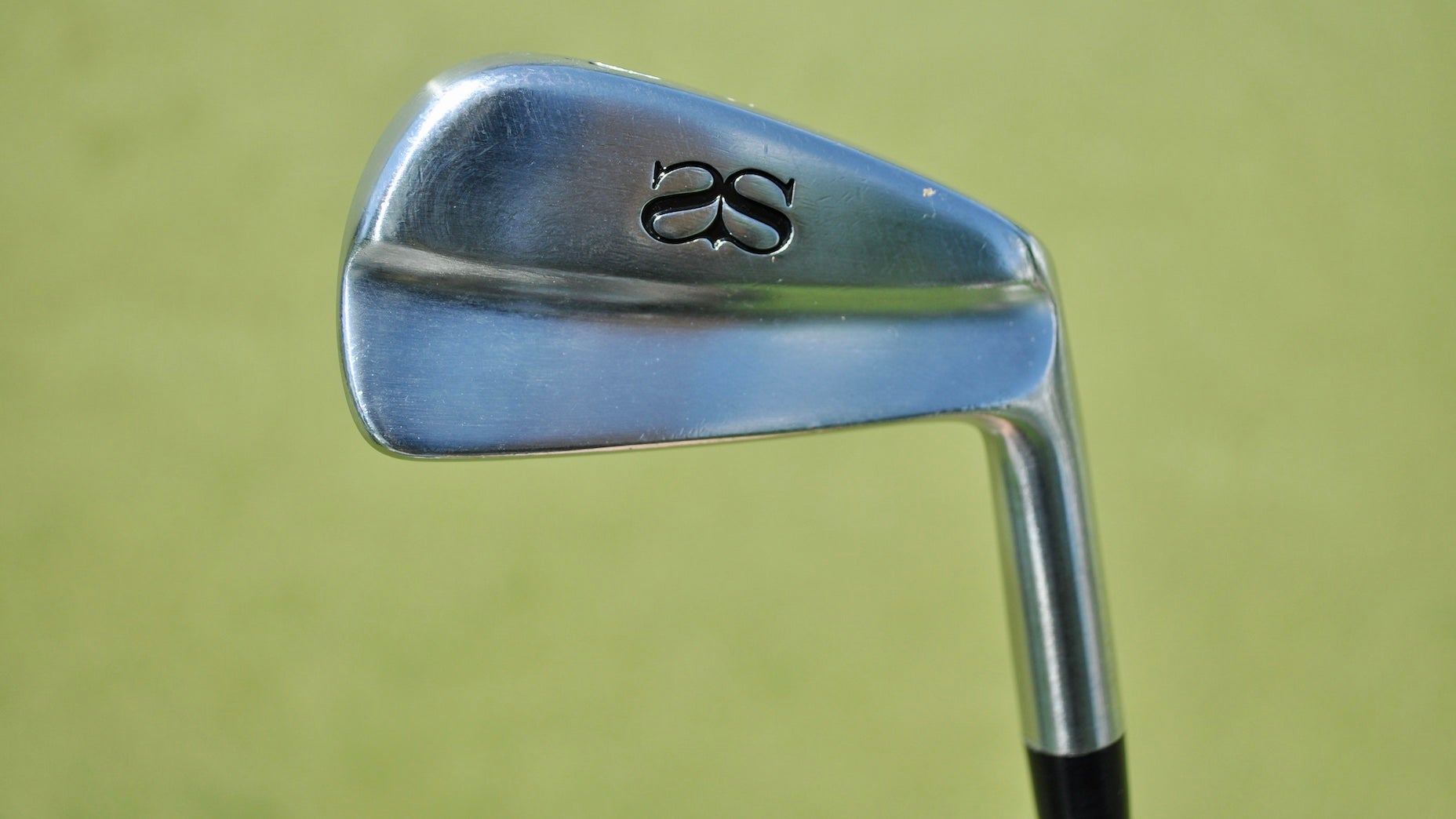What’s the difference between cast and forged golf clubs? | Fully Equipped Mailbag
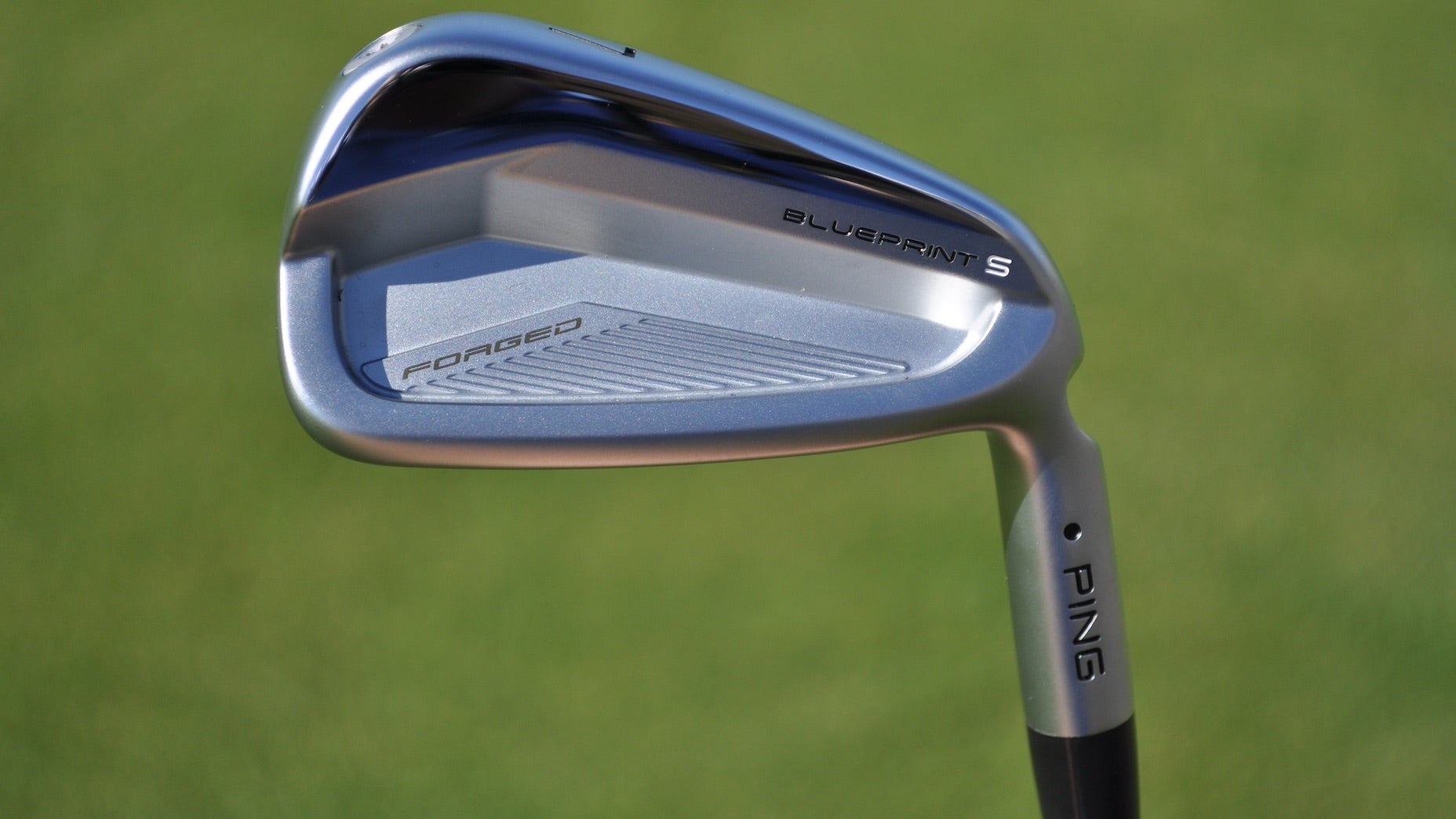
After years of casting their irons, Ping started forging recent offerings, including the yet-to-be-released Blueprint S.
Jonathan Wall/GOLF
Welcome to another edition of the Fully Equipped mailbag, an interactive GOLF.com series in which our resident dimplehead (a.k.a., GOLF’s managing editor of equipment, Jonathan Wall) fields your hard-hitting gear questions.
I recently got into golf and saw two different sets of irons on the rack at my local shop. There was a noticeable difference in price, which made me wonder why one was more expensive than the other. I was told it had to do with the more expensive set being forged. Why on earth would you place a premium on something that was forged when they look pretty similar? — Chase, Silver Spring, Maryland
If you’re new to the game, it’s understandable that you’d look at, say, two cavity-back irons and assume they should be close to the same price. After all, how much different could they really be?
To answer your initial question, the materials and time used to forge an iron generally warrant a steeper price tag. Several years ago, we actually posed this exact same question to Patrick Boyd, founder of National Custom Works, on an episode of the Fully Equipped podcast.
So instead of giving you my take on the forged versus cast debate, I’ll offer up a few quotes from an expert that should spell out the differences.
Srixon Z Forged II Custom Irons
$171.5
View Product
What’s the difference between cast and forged?
Boyd: “The forging process is taking a solid billet of steel, and then through various steps, using heat, pressure, and tooling dyes to refine it into a part that can be used for golf clubs. And in the process of forging a golf club, the grain structure — the internal structure of the metal — is further condensed. … [Forging is] really the most time-consuming and expensive way to manufacture golf clubs. With cast, you’re taking something liquid, pouring it into a mold, and then it’s cooling in that mold.”
Do tradeoffs exist between cast and forged?
Boyd: “There’s kind of a tradeoff with both as far as manufacturing. You have a bit more flexibility with cast as far as what you can do with the tooling. It’s a lot simpler to tool and a lot less expensive to tool and produce cast golf clubs. When you’re forging, you have several dyes that you’re going through in the process. There are a lot of steps, and it’s very expensive to tool a forged golf club.
“And a lot of people think [the forging process] really translates into a better feel, a lot of it has to do with the materials. Nobody casts 1025 steel [which is common for forgings] … both processes work with completely different materials. I’d be interested to see if anyone ever would cast something out of 1020 steel. You probably could. I don’t know how the part would be after it cooled down. But it’s like I was saying; it’s a really different process. You’re taking something solid and reforming it (with forged), versus taking something molten and forming it (with cast).”
So there you go, those are obvious differences between forged and cast products. Some golfers swear by forged irons and won’t play anything else, while others believe cast products are just as good in the feel and performance departments.
In the end, it all comes down to personal preference — and whether you’re willing to splash the cash for a set of forged sticks.
Want to overhaul your bag? Find a fitting location near you at True Spec Golf.




